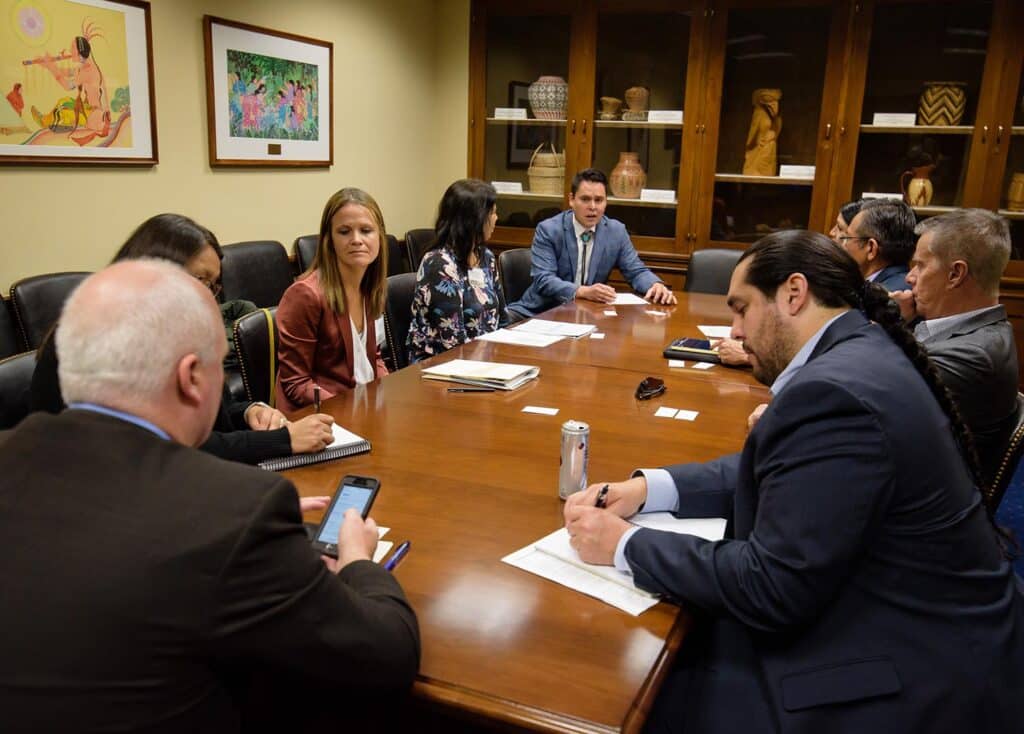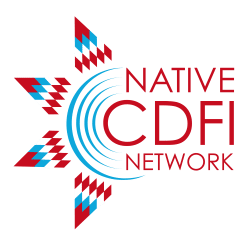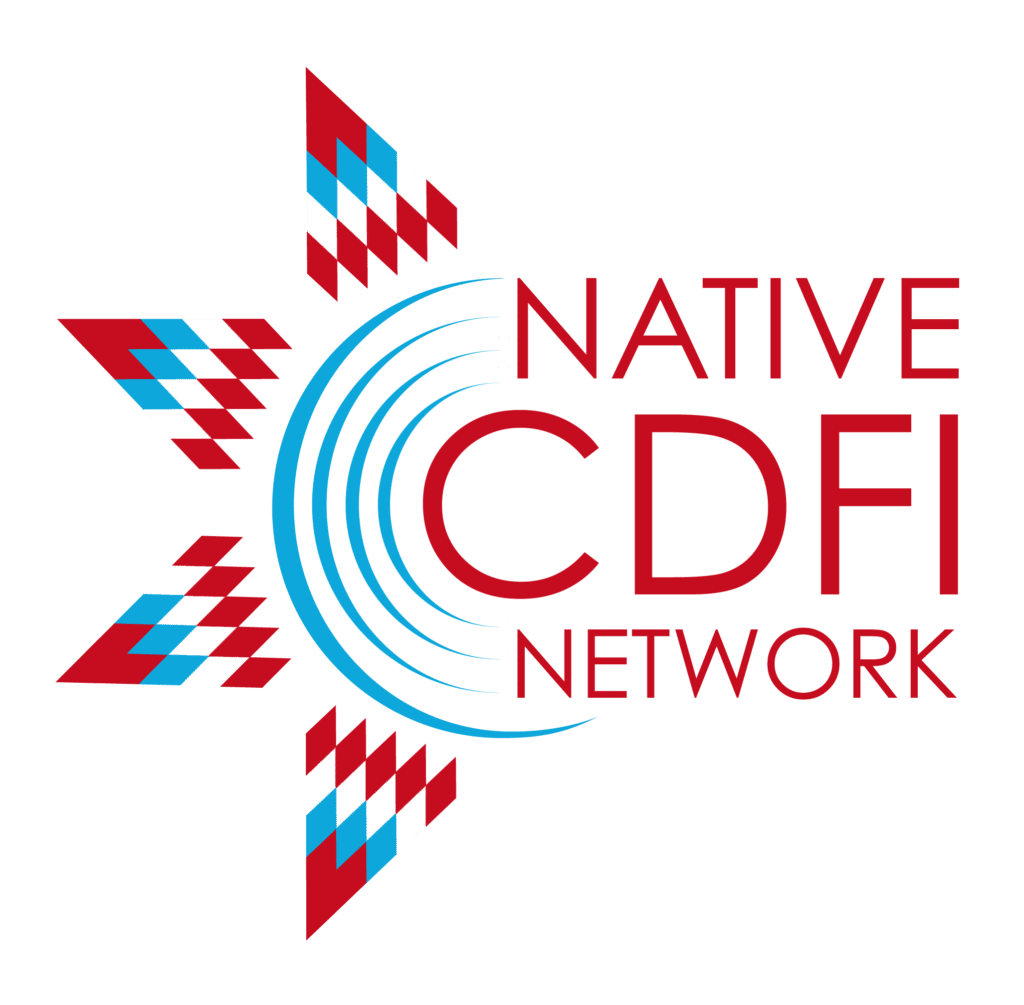Grassroots Campaigns
Organizing and mobilizing refers to efforts to engage individuals and groups in collaborative efforts, coalitions, constituency development or community building around a specific viewpoint, or to inform the public about a particular set of issues.

How Grassroots Movements Effect Policy
A grassroots movement is one driven by the community. Grassroots movements are often at the local level, as many volunteers in the community give their time to support the local party, which can lead to helping the national party. For instance, a grassroots movement can lead to significant voter registration for a political party, which in turn helps the state and national parties.
Grassroots organizing can give you the momentum to address a community concern, win an election, or advance a public policy agenda. The key to creating a grassroots movement is to be organized. Organize your resources, people, and ideas. Develop a strategy with a long-term perspective to ensure success of your organizing efforts. Grassroots movements organize through procedures like:
- hosting meetings, organizing demonstrations
- putting up posters
- mobilizing letter-writing, phone-calling, and emailing campaigns
- using online social networks to organize virtual communities
Starting a Grassroots Movement
Build an initial working group.
Make a list of ten to fifteen people from diverse backgrounds that would agree that the issue you are working on is an important one facing the community. Make personal invitations to the people on your list. To successfully recruit participants and then move to action, the cause needs to be sponsored and led by a strong, diverse working group.
Talk about what you want to accomplish.
As a group, share your ideas about why it is important to engage the whole community or a larger group in addressing the issue you’ve been talking about in this dialogue. What is happening in your community that concerns you? Is this issue relevant to a large portion of the community? What is the geographic area we are trying to impact? What are the broad and specific goals we are aiming to achieve? Who should lead the program? Who else should be involved? Who is already working on this issue? Who else is affected by the issue?
Grow roots in your movement.
The purpose of grassroots movements is to address community issues by bringing together large numbers of people who represent diverse viewpoints, backgrounds, and experiences. Change is more lasting and effective when it happens at many levels-individual, group, institutional, and policy. Identify key people and organizations to recruit and explain why they should get involved, and how.
Document and evaluate.
One of the most effective things you can do to strengthen your grassroots movement is document and evaluate the entire effort. This doesn’t have to be a complicated undertaking. Most everyone who takes part in your movement will want to know who participated, how effective the organizing strategies were, and what the outcomes were. Moreover, grant-making foundations, public officials, news media, and other people who can help you expand and strengthen will want to know about your efforts and their impact.
The “Take Five” Campaign
Experienced advocates know three things:
- Phone and letter campaigns remain effective. Elected officials (and their staff) note the issues that generate the most letters and calls; they are a useful gauge of community support for/against an issue.
- Broad appeals for action don’t work. Alerts that sound too general, or too complicated, get set aside.
- The competition for attention is very keen. By now, there are so many groups sending out emails and “snail mails” requesting action that readers ignore much of what comes their way.
If you want your appeals to produce results, make taking action easy, time-limited, and easy it to fit into busy lives. Start a “Take Five” (as in 5 minutes) Campaign that overcomes all of the excuses people usually come up with for not participating. Provide sample letters, brief fact sheets, people to answer questions, blank paper/envelopes/stamps, plus the names and addresses of all the legislators.

